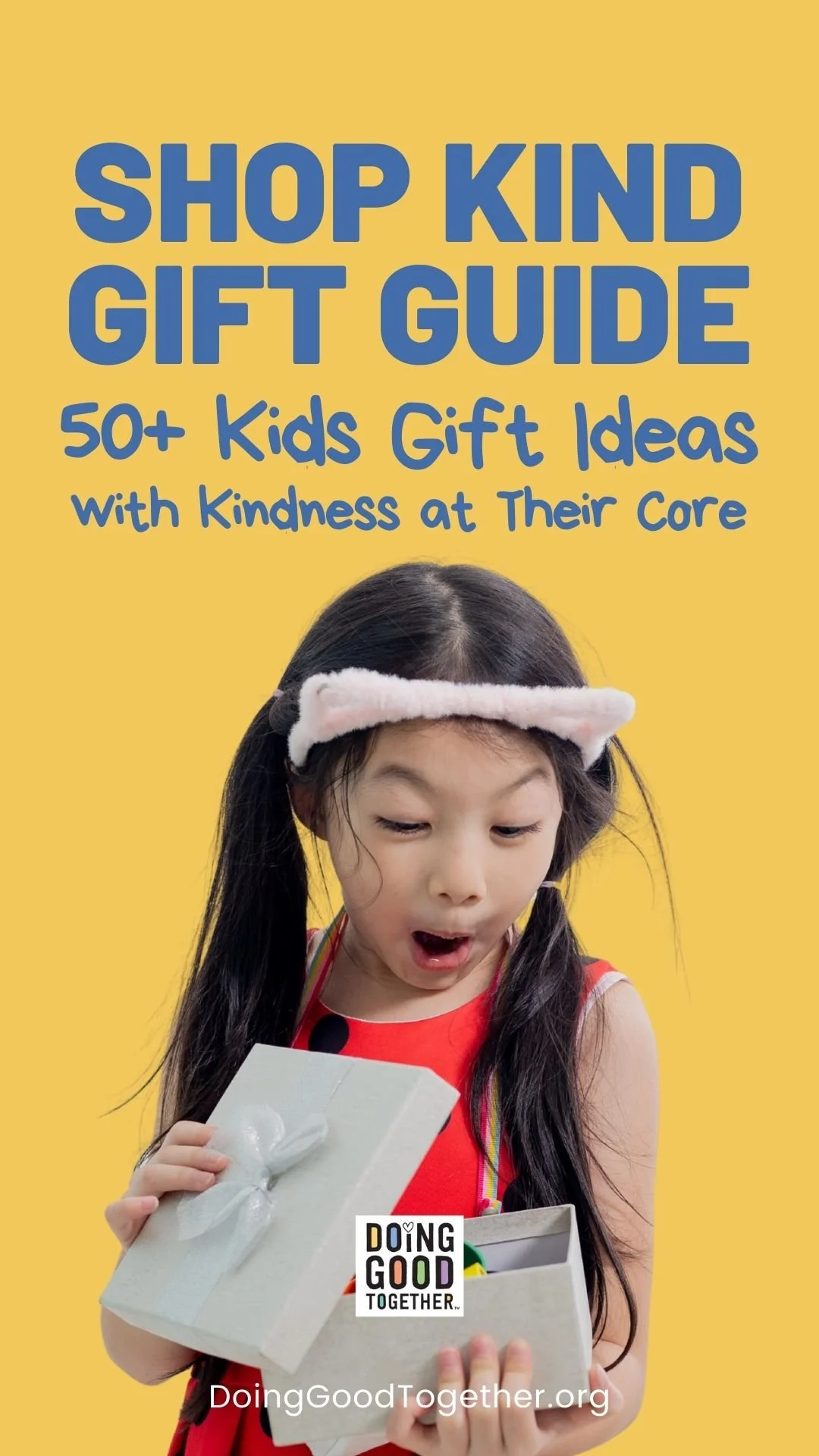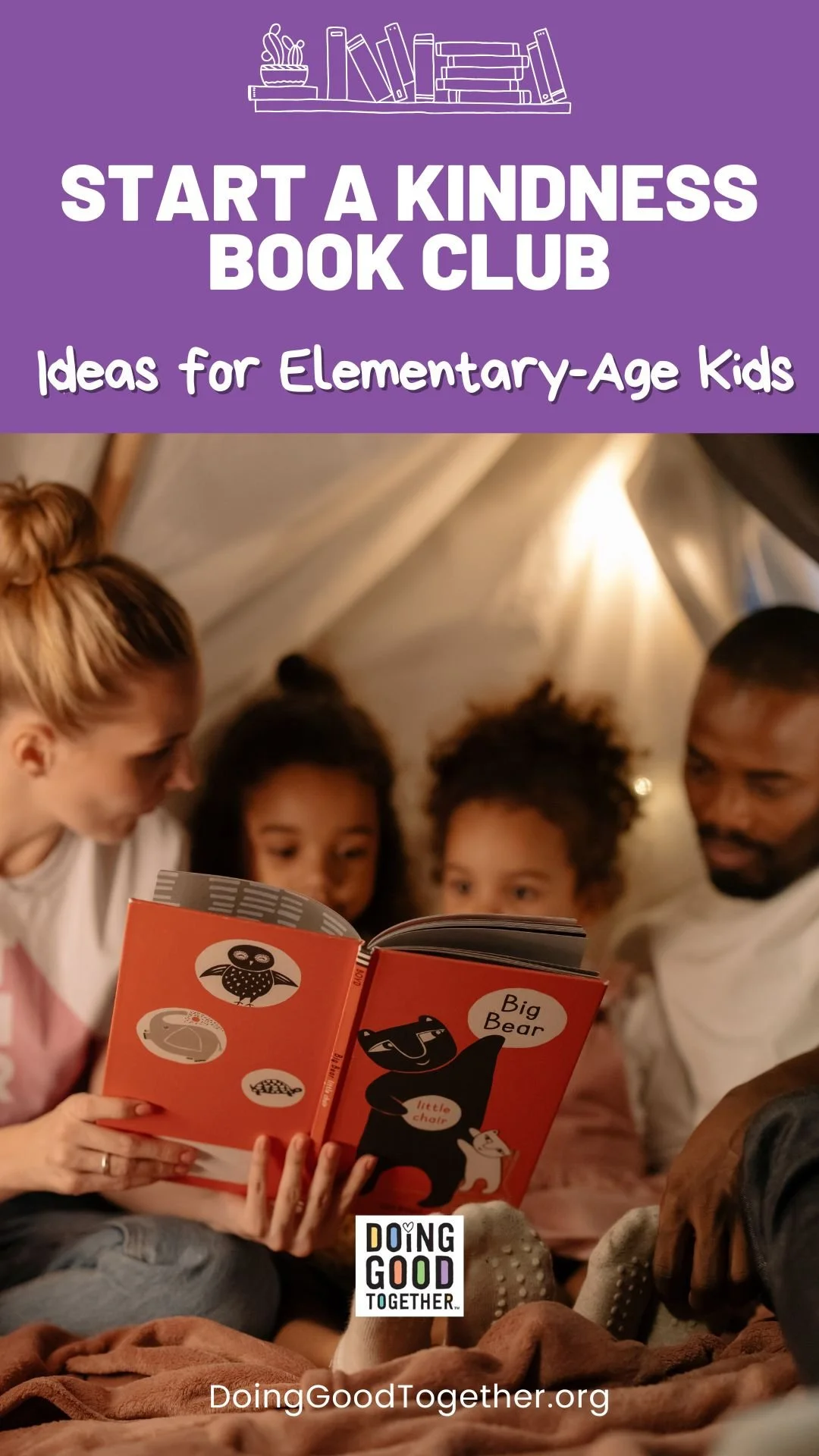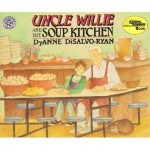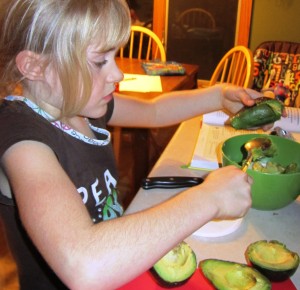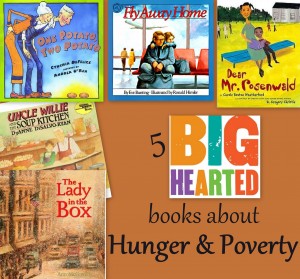 As America faces record poverty rates and increasing income disparities, it becomes more and more important that we take action in whatever ways we can.
Big-Hearted Families has an impressive and diverse list of project ideas to Fight Poverty with your family. Nothing inspires action quite as much as a good story, which is why we've assembled this short list of our favorite books on the subect.
As America faces record poverty rates and increasing income disparities, it becomes more and more important that we take action in whatever ways we can.
Big-Hearted Families has an impressive and diverse list of project ideas to Fight Poverty with your family. Nothing inspires action quite as much as a good story, which is why we've assembled this short list of our favorite books on the subect.
These 5 picture books about hunger and poverty will help you bring up this difficult subject in a thoughtful way. Plus, they are each excellent stories.
Here are some conversation starters to make the most of your experience:
- How would you feel if you had to rely on a stranger to provide your lunch every day?
- How does it feel when you are hungry and you have to wait to eat?
- What are ways we could help those who are hungry?
- What do you think would be the hardest part of not having a home?
- If you did not have a place to live, what things would be most important to you? Where would you sleep? How would you stay clean?
- What things are you grateful for? Are these things you need to live or things that are simply nice to have?
Older readers (8 to 12) may enjoy Along Came a Dog by Meindert DeJong, illustrated by Maurice Sendak, about the unlikely friendship between a little red hen and a homeless dog.
Here are some of my favorite picture books that will start a big-hearted conversation about hunger and poverty:
Uncle Willie and the Soup Kitchen by DyAnn DiSalvo-Ryan (Morrow.
A young boy who is afraid of homeless people gains a new perspective when he helps his uncle work at the soup kitchen.
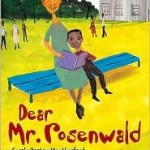 Dear Mr. Rosenwald, by Carole Boston Weatherford (Scholastic).
Dear Mr. Rosenwald, by Carole Boston Weatherford (Scholastic).
This book is based on actual events in the 1920s, when a philanthropist - the founder of Sears - offered money to African American communities to build schools—but only after they raised money themselves. For an impoverished community, this was a difficult task. This story of how they achieved it is very inspiring.
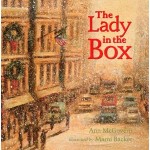 The Lady in the Boxby Ann McGovern (Turtle Books).
The Lady in the Boxby Ann McGovern (Turtle Books).
It is wintertime in the city and freezing cold, but not everyone is inside and warm. Ben and his sister Lizzie know that there is a lady who lives outside in a box over a warm air vent. The children worry about the kind-looking lady, and begin sneaking food and clothes out of their apartment for her. Gently told and powerfully illustrated in rich hues, The Lady in the Box deals candidly with the issue of homelessness.
 Fly Away Home by Eve Bunting (Clarion Books).
Fly Away Home by Eve Bunting (Clarion Books).
This heart-wrenching yet hopeful book follows a boy and his father through their daily routines as they shelter in an airport, obviously before airline security become so strict. This is book especially fostered a lot of conversation in my house. It perfectly presents the heartbreak of being a homeless child in a non-threatening, non-frightening way.
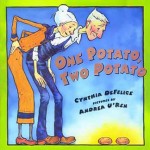 One Potato, Two Potato by Cynthia DeFelice (Farrar).
One Potato, Two Potato by Cynthia DeFelice (Farrar).
For a more whimsical approach to the issues of hunger and sharing, this folktale while entertain and edify any audience. It's a variation on the theme of a magic pot, featuring a community pulling together. It's a new favorite.

